
 The Hub, a stylish restaurant and bar at Terminal 3 of Dubai International Airport … winner of the ‘Outstanding use of American Hardwood in the Middle East’ award at the Commercial Interior Design (CID) Awards 2013.
The Hub, a stylish restaurant and bar at Terminal 3 of Dubai International Airport … winner of the ‘Outstanding use of American Hardwood in the Middle East’ award at the Commercial Interior Design (CID) Awards 2013.
WOOD frequently loses out to alternative materials because it is often little understood and designers are afraid to specify it. However, a little bit of research will go a long way and, in many applications, using wood will often prove to be the better and, more environmentally-beneficial, solution.
Criswell Davis, hardwood guru and consultant to the American Hardwood Export Council (AHEC) in his many presentations to architects and interior designers on designing with American hardwoods, says that for every successful project the designer must fulfil three key objectives: conceive a vision, convey that vision to the client and then make it deliverable.
In order to achieve all three, especially the last one, the designer must be familiar enough with the materials being specified to know that delivering the project will not be a problem. Unfortunately, familiarity with materials is often an issue, but the designer cannot really be expected to know everything about everything. Sadly, however, the one material that often poses the greatest challenge to designers is timber and, as a result, it is frequently specified unrealistically or, worse still, not specified at all.
Timber is not rocket science, but it is not that simple either. And yet, for the uninitiated, wood is just plain wood. Actually, there are myriad wood and wood-based products available, some high tech and some fairly straightforward, some for interior use, some for exterior use, some for construction and some for decoration. In fact, there is a wood product suitable for almost every conceivable application in every conceivable climate. One of the problems with wood is the very fact that there are so many products available and from so many different suppliers and wood products can only rarely be treated as commodities.
 |
Wiles. |
Then there is the question of whether or not wood can be considered to be a sound choice on environmental grounds. In fact, provided it derives from a sustainably managed forest, timber is, arguably, the most environment-friendly material available. It has a very low (often negative) carbon footprint, it is abundant, it is renewable, it’s harvesting and processing do not use or produce harmful chemicals or by-products and it has low embodied energy.
The same cannot be said for almost any other material, even factoring in transport to the Middle East. In fact, it is tremendously important that we do use wood, as demand for it makes the world’s forests valuable. If they are not valuable as forests, then they may well be converted to some other use and lost forever.
What about performance? Wood also has many strong technical qualities, often out-performing competing materials. It has a very high strength-to-weight ratio, meaning that lightweight timber members can provide the same structural strength as much heavier alternatives. Wood has very low thermal conductivity compared to many other building materials. This means that it can act as a superior barrier to both heat and cold, resulting in both lower insulation and energy requirements for a building, that is, lower carbon emissions and lower running costs. Wood has excellent acoustic properties and it can also provide health benefits over, say, alternative flooring materials, such as carpet.
Contrary to perceived wisdom, wood also boasts natural fire resistance. The keyword for timber’s behaviour in fire is predictability. Although it burns, this occurs at a predictable speed known as the charring rate. The thermal insulation properties of timber are such that the wood just a few millimetres inside the burning zone is only warm. This is in contrast to high thermal conductivity materials such as steel, which heat up more uniformly giving rise to problems of expansion and loss of strength over the whole section.
Research has shown that a space clad in wood or made of wood is often just a better place to be. For example, in a three-year study of 700 schools, Japanese researchers looked at how the educational environment is shaped by the type of materials used for school buildings, surveying teachers and students to measure their impression of wood versus reinforced concrete. Both groups had similar, favourable impressions of wood over concrete. Results also showed that teachers and students in wood buildings felt less fatigue and that students perceived schools with larger areas of wooden interiors to be brighter than reinforced concrete structures.
 |
The Worth Abbey in England ... American black walnut used for its darkness and subtlety. |
Across the Middle East, there is a wealth of possibilities for timber in structural applications, flooring, decking, cladding, pergolas and gazebos, amongst many others and, yet, only some of them have been properly embraced. In some cases, timber has been used, but the specification, or at least, the final execution or material choice has been poor. Is this because of a lack of knowledge on the part of the designer or because of cost or because of what was available on the market at the time or, even, because of misrepresentation of the product’s capabilities by the supplier? It often is a combination of all of these. There is also the possibility that these same issues have much less effect on more standardised or commodity-type building materials and this could be one of the reasons why designers often shy away from using wood in the first place.
Timber has so many positive attributes, be they environmental, technical or aesthetic, that to not use it wherever possible is a missed opportunity. However, before specifying timber, designers should actively seek to improve their knowledge of the material. This is key, so as to ensure the correct specification and, therefore, to provide positive inspiration for other designers. There are many free timber information resources available to architects and designers and they should be encouraged to use these. At the same time, the timber industry itself needs to step up and seize the opportunity to educate specifiers, while also putting up a united front to promote timber as a viable and sustainable alternative to other materials.
One of the problems inherent in the timber industry, not just here in the Middle East but globally, is the fact that it is made up of many small and medium enterprises without a united voice. This has certainly been addressed to some extent in Europe and North America, where strong timber industry associations or technical bodies exist, but more needs to be done in the Middle East to bring the industry together.
After all, in the words of one of America’s pre-eminent architects, Frank Lloyd Wright: “Wood is a friend of mine. When we use the tree respectively and economically, we have one of the greatest resources of the earth. It is a beautiful material, friendly to man, the supreme material for his dwelling purposes. If a man is going to live, he should live with wood.”
*AHEC is the leading international trade association for the American hardwood industry, representing companies and trade associations engaged in the export of a full range of US hardwood products, including lumber, veneer, plywood, flooring, moulding and dimension materials.



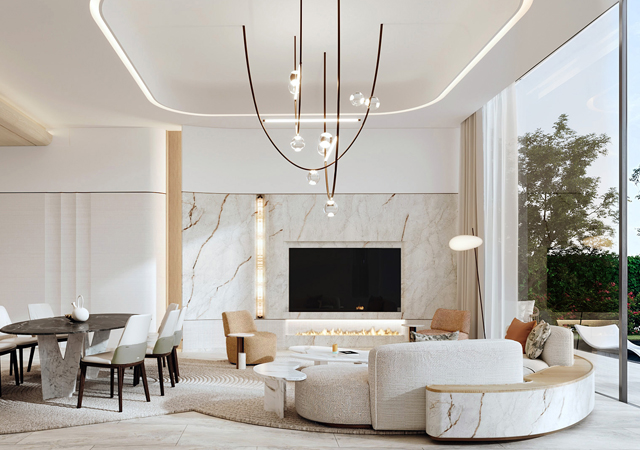
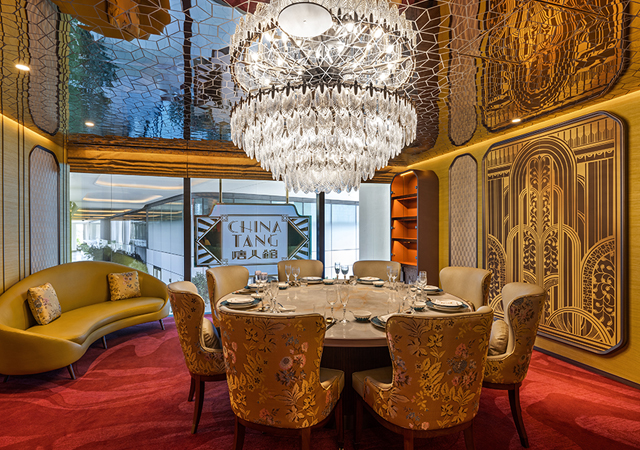

.jpg)




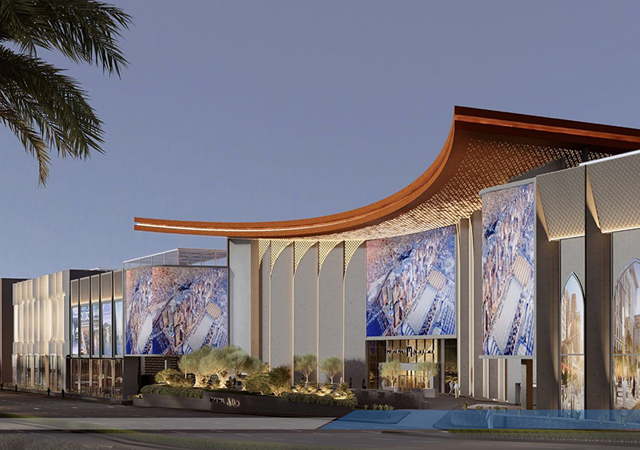


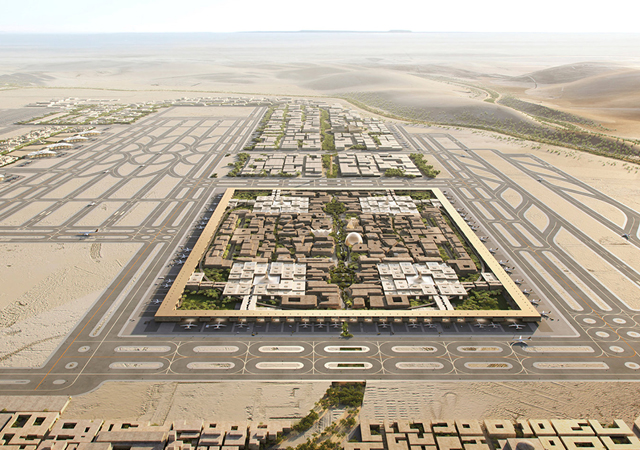
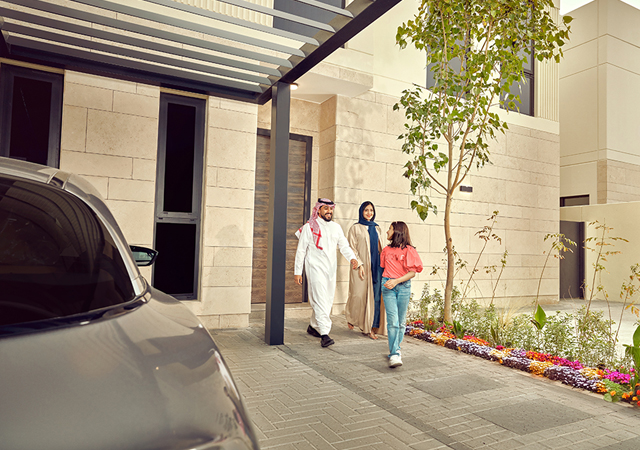
.jpg)


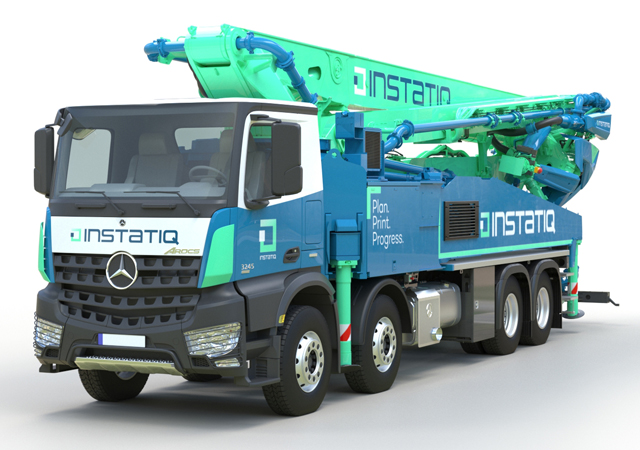





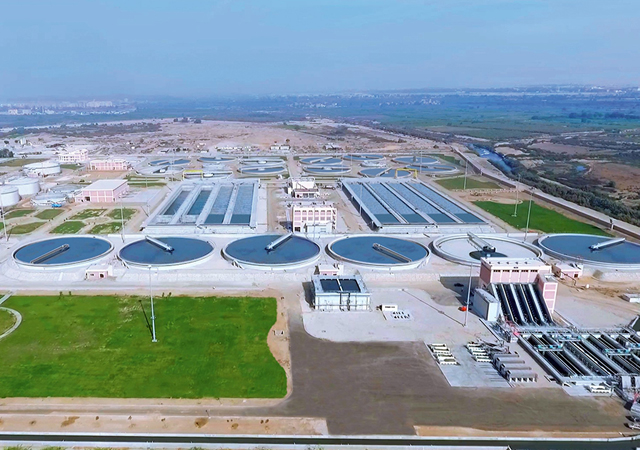
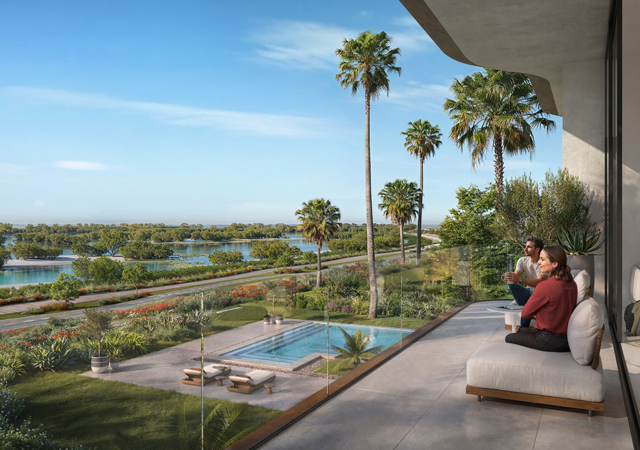
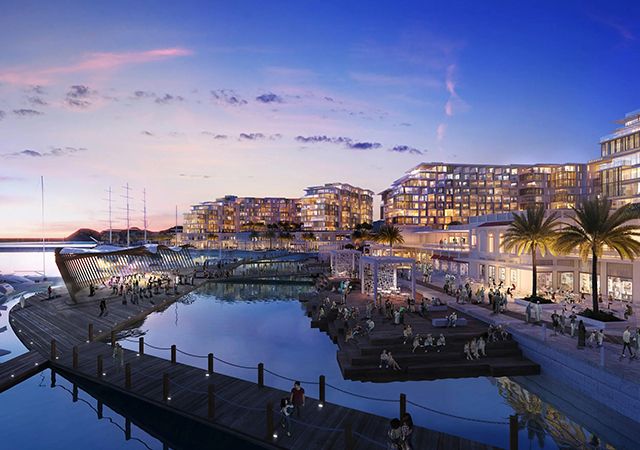



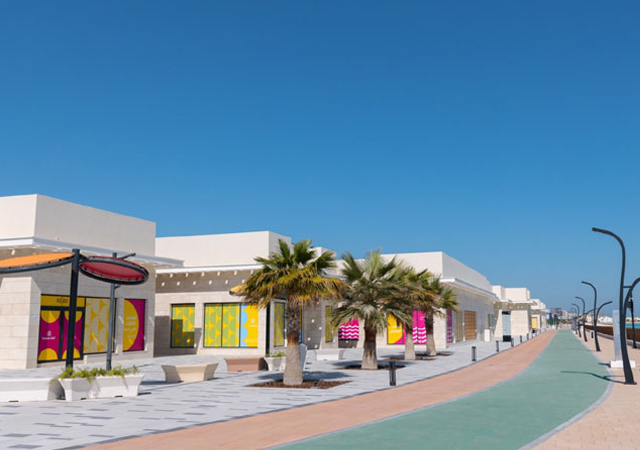
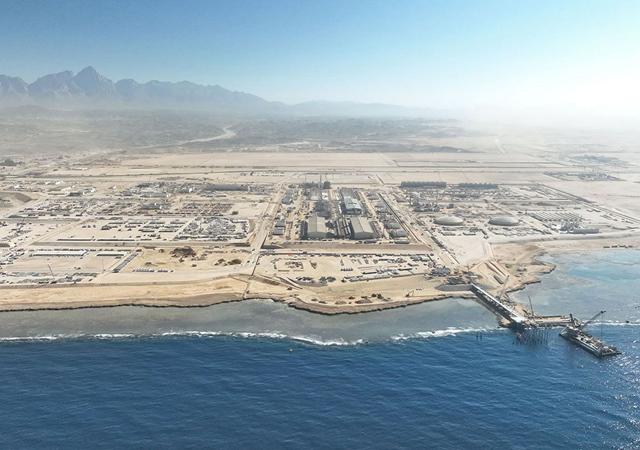
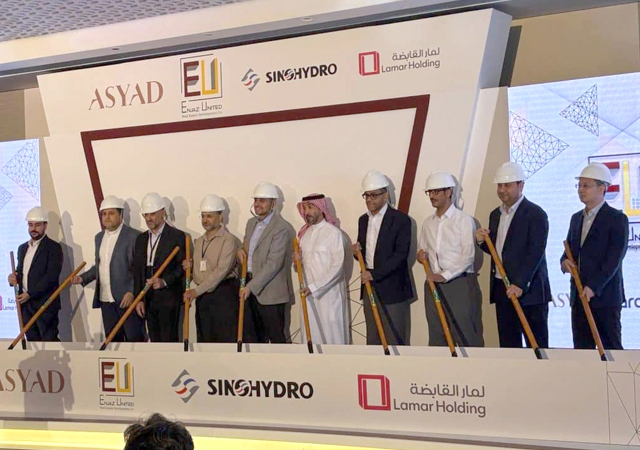


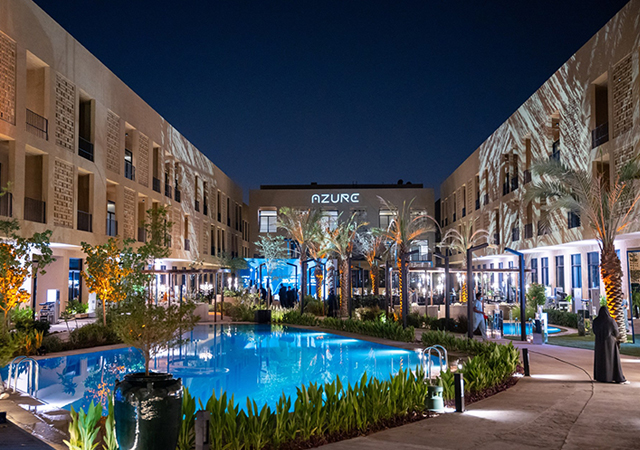
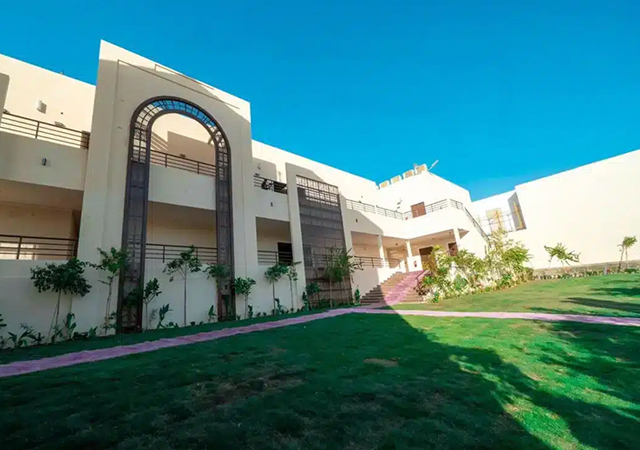



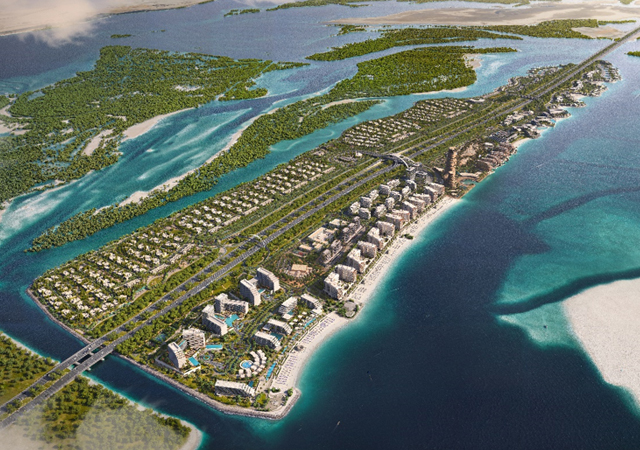
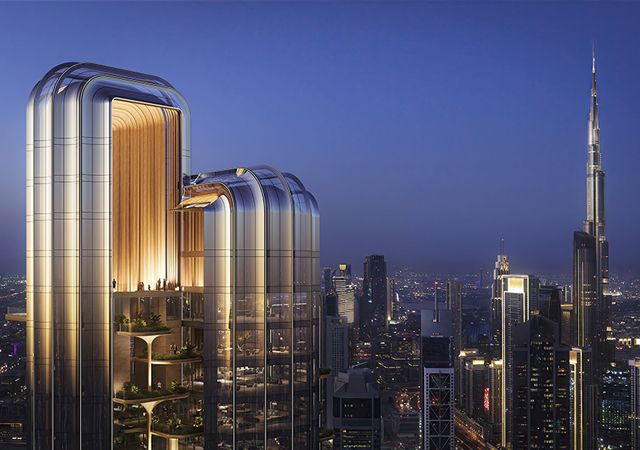
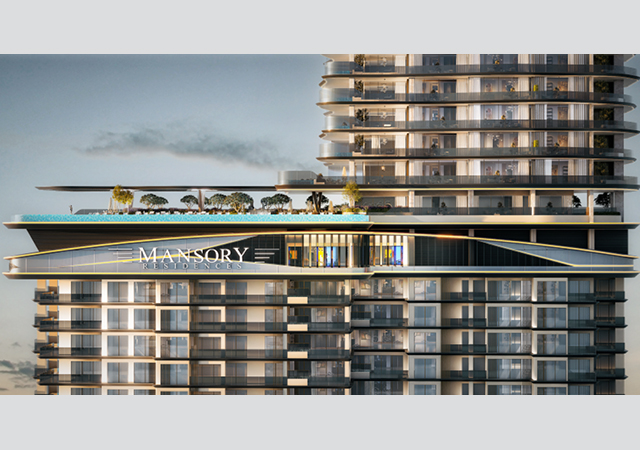
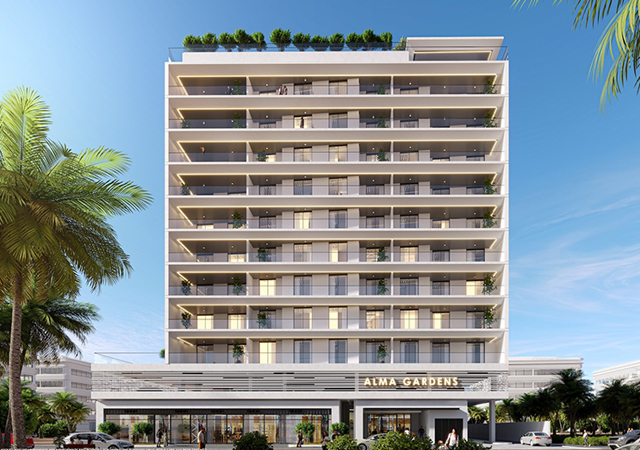



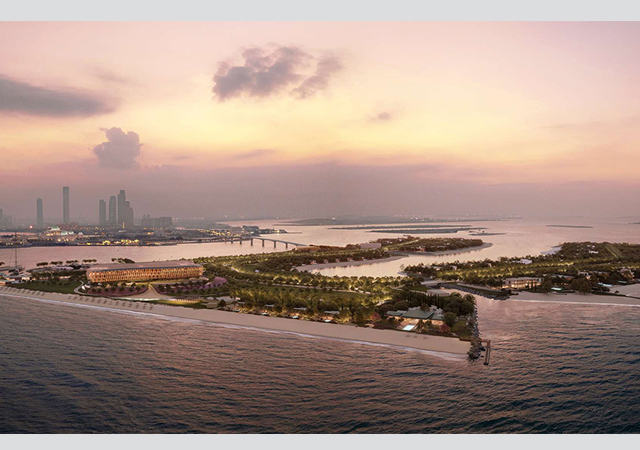

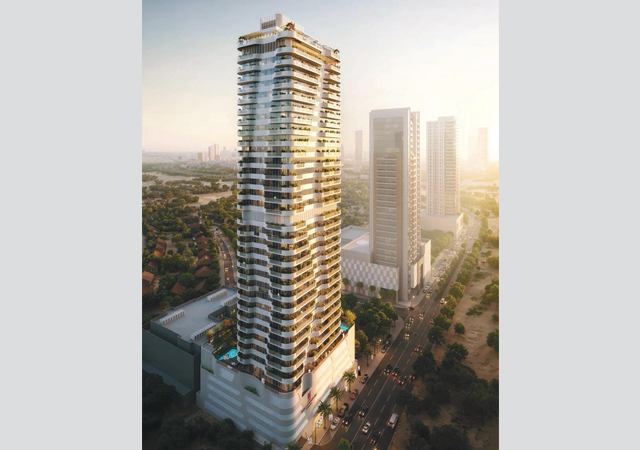


.jpg)


.jpg)



.jpg)